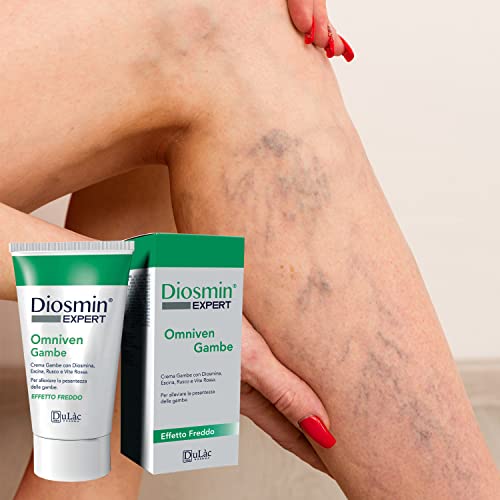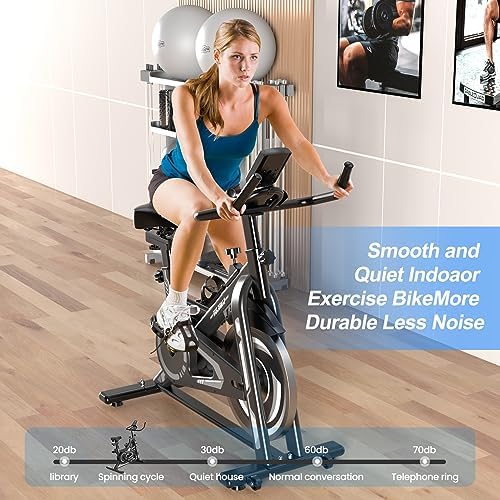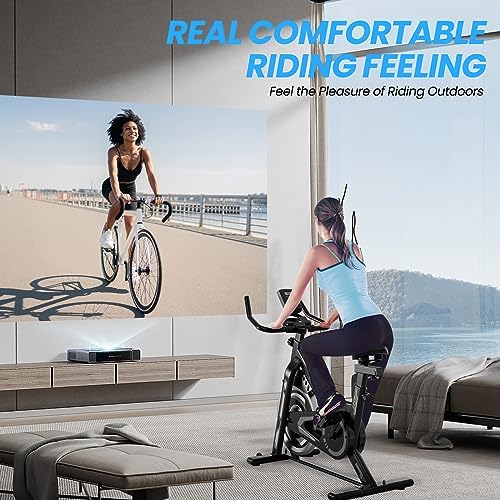Biking With Varicose Veins – Is It Dangerous?

Share this post:
The bike has received a major rebirth. Luxury car drivers envy this simple mode of transport. It’s easy to drive; it has separate lanes, high mobility, no need for gasoline, and huge health benefits. Doctors recommend that patients with varicose veins ride a bike more often. Among the most significant benefits of cycling are the following:
- Strengthening the walls of blood vessels and improving their elasticity.
- Reduction of puffiness.
- Reduction in the incidence of complications.
- Calculation of the maximum possible load on the muscles.
- Maintaining the health of the whole body.
It is not recommended for people with varicose veins to engage in professional cycling. Increased stress training might aggravate the disease and cause dangerous complications. Only amateur cycling is useful as a varicose vein treatment.
Key Recommendations for Cycling
To achieve the desired effect in the treatment of varicose veins, the following rules will help:
- You should only sit behind the wheel of a bicycle in compression underwear (it should be removed only 30 minutes after class). A phlebologist will help you choose the size of underwear and calculate the desired degree of compression;
- The regularity of training and the gradual increase in stress. During the first workouts, do not exceed the speed of more than 15 km/h for 15-20 minutes. Accelerate gradually.
- The correct setting of the bike ensures the comfort of riding –– the knees should not rest against the handlebars and against the chest.
- The tension in the muscles should be constant.
- A warm-up before riding is recommended –– squats, tiptoeing, and other simple exercises to warm up the muscles.
- Plentiful drinking is recommended. This helps reduce the risk of blood clots.
Using an Exercise Bike
Weather conditions do not always allow patients with varicose veins to ride a bike. There is a worthy alternative –– an exercise bike. Before starting training, make an appointment with a vascular surgeon. The doctor individually selects the right stress for each patient. A consultation with a phlebologist will help you avoid overexertion, and a properly selected program will improve your well-being and prevent the further development of the disease.
The Benefits of Exercising on a Stationary Bike
Among the positive aspects of exercising on an exercise bike, the following are noted:
- Weight loss reduces the strain on the veins.
- Active movements normalize venous pressure.
- Leg muscles are strengthened.
- Thrombosis is prevented.
- The walls of the veins are strengthened.
- The development of varicose veins slows down.
Training should be performed taking into account the severity of the disease. A consultation with a phlebologist is required. Only the doctor will determine the duration of one session.
The Drawbacks of Exercise Bike
No matter how attractive and promising exercise bikes look, there are still some disadvantages that you should pay attention to:
- If varicose veins have developed into the stage of thromboembolism, then training should be carried out with extreme caution.
- A complication of thrombosis is possible if the loads exceed the permissible ones.
- Venous walls are maximally deformed and thinner.
It is not recommended to exercise on the simulator after the surgical intervention to remove the veins. Patients with severe varicose veins are not allowed to attend classes.
Workout Recommendations
There are a number of rules, the implementation of which will help to avoid complications with varicose veins:
- Arriving at the gym, wait to start your workout. Warm up for 20 minutes. Walk in place, lift your legs forward, then to the sides, and pat on the muscles of the legs (others are possible).
- Use compression underwear for training (take off not immediately but 30 minutes after the end of training). Seek advice from a phlebologist to determine the degree of compression.
- Exercise at a relaxed pace. Pedal slowly, accelerating after 10 minutes in the absence of contraindications.
- Keep water close to you. Frequent fluid intake thins the blood.
- Get off the bike every 3 minutes, and sit on the floor with your legs extended forward.
- Finish the workout with a contrast shower. Plentiful drinking is recommended.
Related Posts









